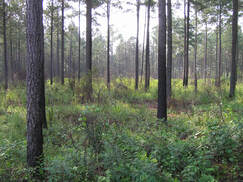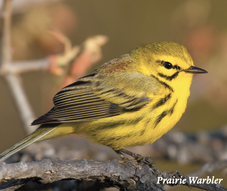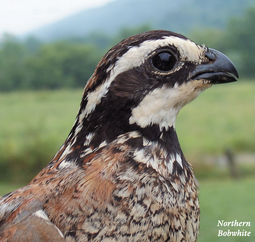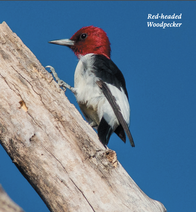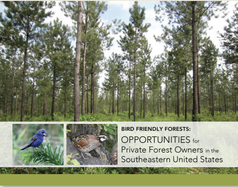Bird Friendly Forests
Opportunities for Private Forest Owners in the Southeastern U.S.
Principal Authors: Jeremy Poirier, International Paper; Emily Jo Williams,
American Bird Conservancy
Spring 2021
American Bird Conservancy
Spring 2021

